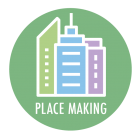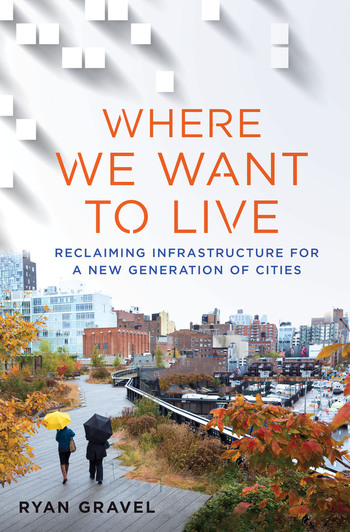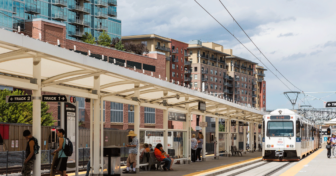
The Atlanta BeltLine is explicitly deigned to both improve the quality of life of current city residents and to attract new residents to the city, particularly mobile young professionals. This dual purpose is how placemaking should be done everywhere.
The BeltLine is 33 miles of multi-use trails, parks, and a network of pedestrian-friendly transit links. Serving 40 neighborhoods, not just downtown. Light rail is a central design feature of the BeltLine.
For years we have made the case that placemaking should be central to Michigan’s economic-growth strategy. The data are clear that the most prosperous places across the country are those with the largest talent concentrations. And that mobile talent is choosing to live in places with quality basic services, infrastructure and amenities.
But the economic development need to retain and attract mobile talent should not be at the expense of current residents. For cities this must be a both/and––not an either/or––proposition. Both current and future city residents should be provided with quality basic services, infrastructure and amenities that make the city an attractive place to live, play and work.
Clearly, far too often, cities have chosen to focus on providing service and amenities on downtown and near downtown neighborhoods so as to retain and attract affluent/college educated households. This needs to change.
Improving the quality of life of current city residents and attracting new residents to the city was the dual mission of the new Austin transit plan. Transit Now––the cross-sector supporters of the initiative––described the benefits of the light rail plus initiative this way:
It’s time we invest in a new future for Austin that gives our transit-dependent neighbors dignity, that gives everyone else a viable option to sitting in traffic, that helps prevent climate change and protects the quality of our air and water, that prevents displacement and creates complete communities with expanded access to opportunities to all residents, and that keeps our economy humming now and for decades to come.
The Atlanta BeltLine also was designed both to improve the quality of life of current city residents and to attract new residents to the city. The Atlanta Beltline describes itself as:
As one of the largest, most wide ranging urban redevelopment programs in the United States, the Atlanta BeltLine is the catalyst for making Atlanta a global beacon for equitable, inclusive, and sustainable city life.
The story of the Atlanta Beltline is told in Ryan Gravel’s highly recommended Where We Want To Live: Reclaiming Infrastructure for a New Generation of Cities. Gravel first proposed the BeltLine a little more than twenty years ago in his masters thesis at Georgian Tech.
From its inception the BeltLine was designed to be far more that a walking and bike path with light rail running along side the trail. It lists it goals as: 33 miles of multi-use urban trails; $10 billion of economic development; 30,000 permanent jobs; 22 miles of pedestrian friendly rail transit; 5,600 units of affordable housing; 1,100 acres of environmental cleanup; 1,300 acres of new greenspace; 46 miles of improved streetscapes, and the largest public art exhibition in the south
Gravel calls it catalyst infrastructure. A catalyst for economic development, community development, affordable housing, etc. The BeltLine is the infrastructure that creates the kind of amenities where people prefer to live and thus drives where development occurs. And changes the nature of that development from what Chris Leinberger in the Option of Urbanism calls driveable suburbanism to walkable urbanism.
Turns out that both current residents, across race and class, as well as potential new residents all want walkable urbansim. That communities can do both/and placemaking. And when they do the result is a place that both improves the quality of life of current residents and attracts mobile talent that drive future economic growth.







